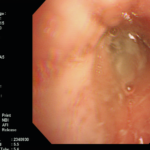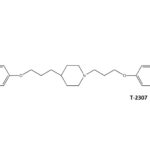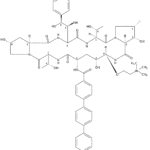Date: 26 November 2013
Secondary metabolites, structure diagram: Trivial name – Emodin/Archin/Emodol/Frandulic Acid
Copyright: n/a
Notes:
Species: A. aureus, A. sclerotiorum, A. terreus, A. wentiiSystematic name: 9,10-Anthracenedione, 1,3,8-trihydroxy-6-methyl- (9CI)Molecular formulae: C15H10O5Molecular weight: 270.237Chemical abstracts number: 518-82-1Selected references: Kiriyama, Noriki; Nitta, Keiichi; Sakaguchi, Yoshiaki; Taguchi, Yasuhisa; Yamamoto, Yuzuru (Fac. Pharm. Sci., Kanazawa Univ., Kanazawa, Japan). Chem. Pharm. Bull., 25(10), 2593-601 (English) 1977.Toxicity: Mean lethal dose of emodin orally administered to 1-day-old DeKalb cockerels was 3.7 mg/kg.BACKGROUND: Emodin, a widely available herbal remedy, was evaluated for potential effects on pregnancy outcome. METHODS: Emodin was administered in feed to timed-mated Sprague-Dawley (CD) rats (0, 425, 850, and 1700 ppm; gestational day [GD] 6-20), and Swiss Albino (CD-1) mice (0, 600, 2500 or 6000 ppm; GD 6-17). Ingested dose was 0, 31, 57, and approximately 80-144 mg emodin/kg/day (rats) and 0, 94, 391, and 1005 mg emodin/kg/day (mice). Timed-mated animals (23-25/group) were monitored for body weight, feed/water consumption, and clinical signs. At termination (rats: GD 20; mice: GD 17), confirmed pregnant dams (21-25/group) were evaluated for clinical signs: body, liver, kidney, and gravid uterine weights, uterine contents, and number of corpora lutea. Fetuses were weighed, sexed, and examined for external, visceral, and skeletal malformations/variations. RESULTS: There were no maternal deaths. In rats, maternal body weight, weight gain during treatment, and corrected weight gain exhibited a decreasing trend. Maternal body weight gain during treatment was significantly reduced at the high dose. In mice, maternal body weight and weight gain was decreased at the high dose. CONCLUSIONS: Prenatal mortality, live litter size, fetal sex ratio, and morphological development were unaffected in both rats and mice. At the high dose, rat average fetal body weight per litter was unaffected, but was significantly reduced in mice. The rat maternal lowest observed adverse effect level (LOAEL) was 1700 ppm; the no observed adverse effect level (NOAEL) was 850 ppm. The rat developmental toxicity NOAEL was > or =1700 ppm. A LOAEL was not established. In mice, the maternal toxicity LOAEL was 6000 ppm and the NOAEL was 2500 ppm. The developmental toxicity LOAEL was 6000 ppm (reduced fetal body weight) and the NOAEL was 2500 ppm. Copyright 2004 Wiley-Liss, Inc.
Images library
-
Title
Legend
-
Patient with chronic productive cough, chest pain and ABPA, unable to take itraconazole or nebulised amphotericin B. Smokes at least 40 roll up cigarettes a day.
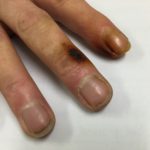 ,
, 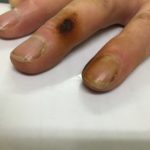
-
Laryngeal aspergillosis, probably related to inhaled corticosteroids.
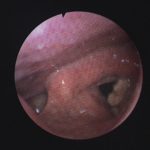 ,
,  ,
, 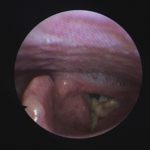 ,
, 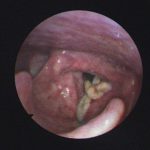
-
VL-2397 (formerly known as ASP2397) is a novel antifungal drug initially developed by our partner, Astellas Pharma. This drug was isolated from a leaf litter fungus Acremonium species collected in a Malaysian national park. Astellas presented two posters at the 2014 ICAAC meeting which described the in vitro and the in vivo antifungal activities of this drug. The differentiating attributes from the preclinical data of VL-2397 include:
- A novel mechanism of action, with a potential to be complementary or synergistic with the existing classes of antifungals.
- Rapid fungal cell kill activity demonstrated in preclinical models, which was faster than marketed antifungals.
- Activity against azole-resistant fungal species.
- Low propensity for P450 drug-drug interactions.
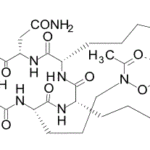
-
SCY-078, new orally available beta-1,3-d-glucan synthase inhibitor, Formely MK-3118.
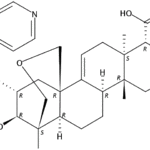
-
Pt DSM Community acquired primary Aspergillus pneumonia. Two x-rays taken on 02/02/2010 then 05/03/2010
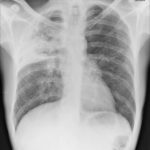 ,
, 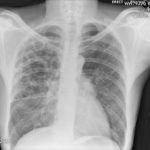

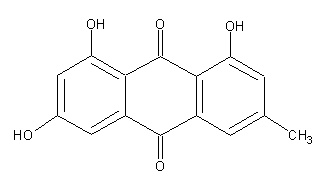
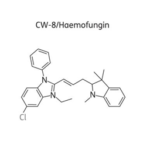
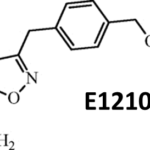
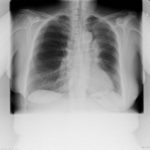 ,
, 